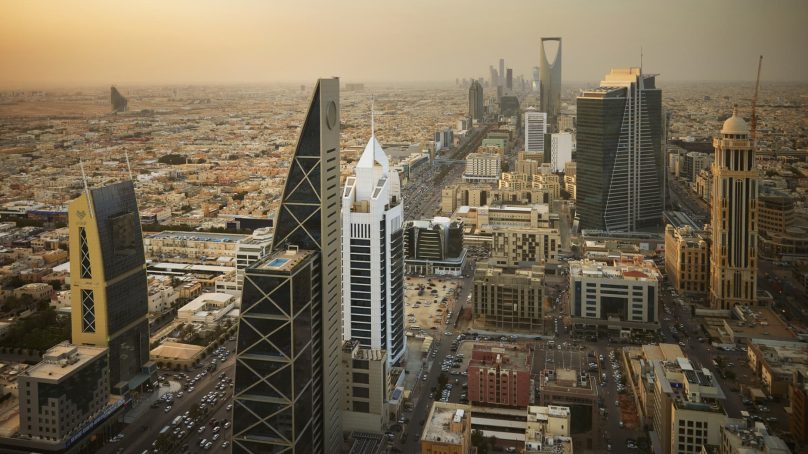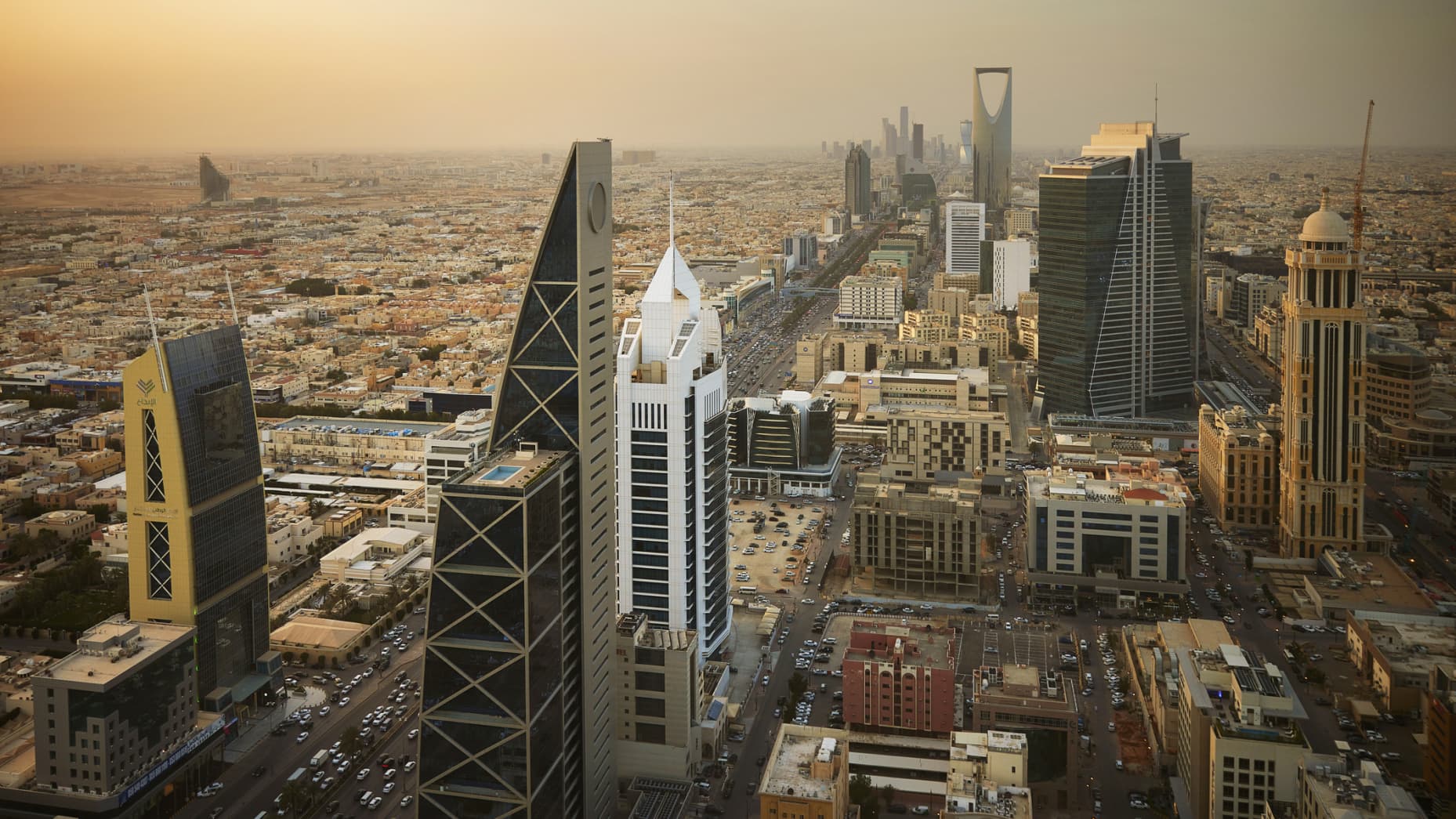In the ever-evolving landscape of Saudi Arabia’s hospitality and tourism sectors, recent data from JLL paints a vivid picture of growth and future of the kingdom’s hospitality sector.
Saudi Arabia’s hospitality sector
The kingdom’s hospitality sector continues to demonstrate strong performance, largely due to initiatives such as the introduction of tourist visas. Moreover, there has been an increased number and variety of entertainment facilities that significantly enhance visitor experiences throughout the country. Additionally, the promotion of sports and the introduction of new destination drivers further contribute to this growth in tourism. As a result, these measures are helping position Saudi Arabia as an emerging global leisure destination, attracting many international visitors. Consequently, data from the Ministry of Tourism reveals that the total number of tourists reached an impressive 109.3 million in 2023. Notably, this figure surpasses the original target set for 2030, indicating substantial early success in tourism initiatives.
Revised tourism targets
Given this much earlier than anticipated achievement, the Saudi Ministry of Tourism has now revised its 2030 target to a remarkable 150 million tourists. Out of the total tourist numbers, 27.4 million were inbound visitors, with religious tourism accounting for the highest share of 11.5 million. In addition, leisure tourism closely followed, contributing 6.2 million tourists, further diversifying the sector. Importantly, the share of non-religious tourism purposes increased from 44 percent in 2019 to an impressive 58 percent in 2023. More recent data indicates that this upward surge in visitation has continued into the first half of 2024. During this period, the kingdom welcomed 60 million tourists and over 1.83 million pilgrims performing Hajj, showcasing its growing appeal.
Saudi Arabia’s hospitality market performance
This significant growth in visitation is, in turn, helping underpin performance in the kingdom’s hospitality market overall. Year-on-year, in the year to date to June 2024, the average occupancy rate has increased by one percentage point, reflecting strong demand. Furthermore, the average daily rate (ADR) has increased by 7 percent, resulting in revenue per available room (RevPAR) increasing by 8 percent. In the holy cities of Makkah and Medina, key performance indicators (KPIs) have largely trended upward year-on-year to June 2024. Specifically, RevPARs increased by 4 percent in Makkah and 15 percent in Medina, showcasing robust market performance in these sacred locations.
Corporate event growth in Riyadh
Over the same period, in Riyadh, there was a notable increase in corporate visitation, attributed to the centering of corporate events in the capital. As a result, we have observed a significant ADR increase of 25 percent, highlighting Riyadh’s growing attractiveness for business travelers. Although the average occupancy level fell by 1.8 percent, this decline is attributed to an increase in supply rather than waning demand from tourists. Nevertheless, RevPAR registered an impressive 22 percent increase, indicating strong revenue growth despite occupancy challenges.
Positive outlook for the hospitality sector
Looking ahead, the outlook for the hospitality sector is decidedly positive, with the tourism industry set to be a major contributor. Planned investments of USD 800 billion over the next ten years are expected to significantly enhance the sector’s capacity and infrastructure. Additionally, a robust pipeline of flagship events, including the Asian Cup 2027 and FIFA World Cup 2034, will further drive growth in tourism. Moreover, the introduction of a new star rating system by relevant authorities addresses short-term quality challenges while supporting long-term market improvement. However, it is essential to note that this new system may impact KPIs in parts in the short term, requiring careful management.
Link to the full report: https://app.engaged-emea.jll.com
















